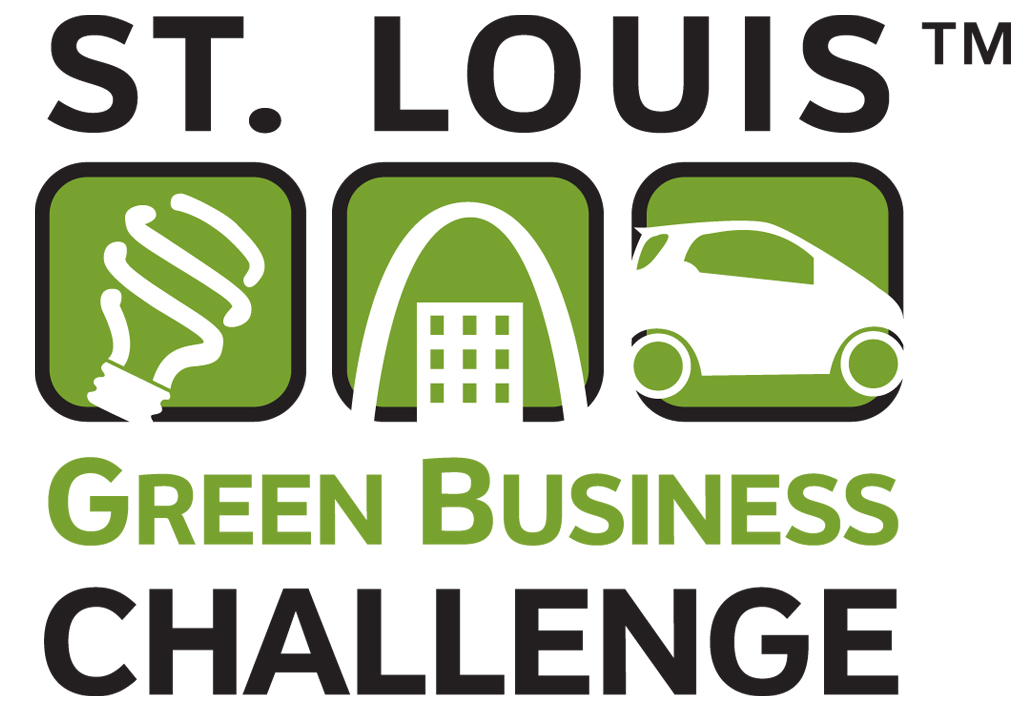Years of scientific research have established that ozone and particle pollution are a threat to human health at every stage of life. Some groups of people, however, are more at risk of illness and death than others because they are more likely to be exposed, are more vulnerable to health harm, or often both.
According to the “State of the Air” report again this year, the health burden of air pollution is not evenly shared. Research has shown that people of color are more likely to be exposed to air pollution and suffer harm to their health from breathing polluted air. Over the years, decision-makers have found it easier to place sources of pollution, such as power plants, industrial facilities, landfills and highways, in economically disadvantaged communities of color than in more affluent, predominantly white neighborhoods. The resulting disproportionate exposure to polluted air has contributed to high rates of emergency department visits for asthma and other lung diseases.
Report findings revealed that, although people of color make up 41.6% of the overall U.S. population, they are 52% of the people living in a county with at least one failing grade for ozone and/or particle pollution. More than 27.5 million people of color live in counties that received failing grades on all three measures, including some 16.8 million Hispanic or Latino people. There’s also evidence that people living in poverty are more likely to live near sources of pollution since they have fewer resources to relocate than those with more financial security, as well as having less access to quality and affordable health care to provide relief to them when they get sick. In the U.S. alone, 16 million people with incomes meeting the federal poverty definition live in counties that received an “F” grade for at least one pollutant, and over 5.4 million people in poverty live in counties that failed all three measures. Children, older adults and people living with underlying health conditions may also be physically more susceptible to the health impacts of air pollution than others.
To help keep these individuals and other area residents informed about ozone pollution levels in the region and how those levels can affect their health, the Clean Air Partnership releases color-coded, daily air quality forecasts all summer long to let area residents know what the next day’s air quality is forecast to be and if they should alter their outdoor activities to minimize exposure to polluted air. This will be especially important later this month and next with a likely uptick of unhealthy air quality days.
For more a host of additional tips to beat the summer heat to help clear the air and protect human health, visit CleanAir-StLouis.com, like the Clean Air Partnership on Facebook, or follow us on X, formerly known as Twitter, @gatewaycleanair.



